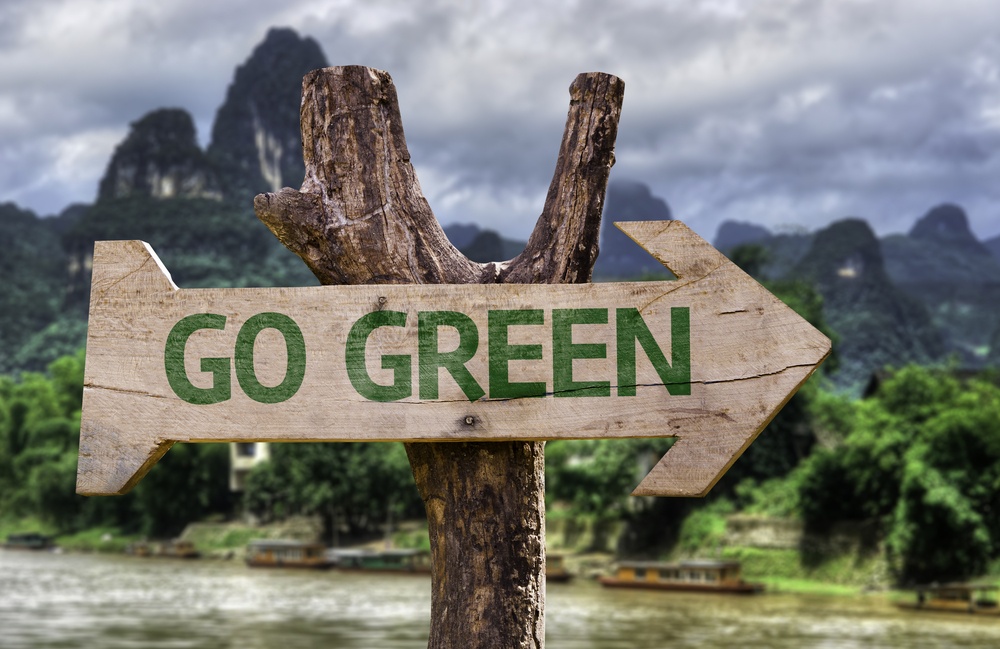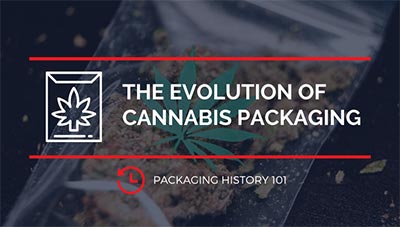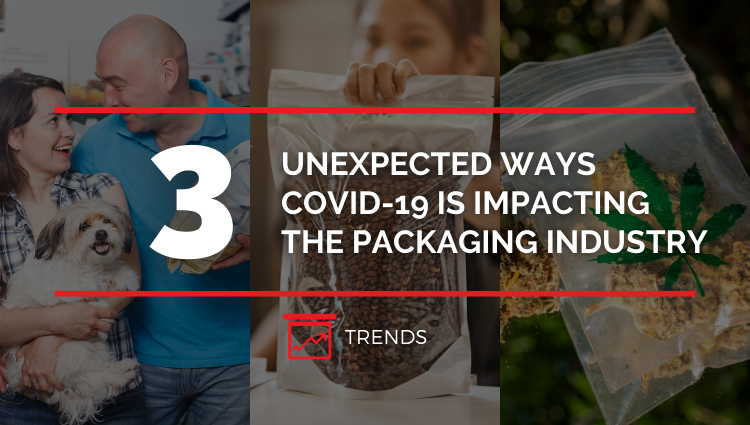Top three trends in green packaging to watch
 Green packaging. Compostable packaging. Sustainable packaging.
Green packaging. Compostable packaging. Sustainable packaging.
While they all mean something a little different, these phrases imply the same goal: Reduction of environmental impact and ecological footprint from the creation, conversion, consumption, and disposal of packaging materials. In short: Consideration of the entire lifecycle of a package and its impact on the world.
There are some exciting developments on the horizon in the green packaging market, and today we're highlighting a few that you should watch.
Tips for a winning sustainable packaging strategy >>
1. CPG giants set ambitious green packaging goals
It seems green packaging is good business. As many international CPG companies have already figured out, sustainable packaging practices are not only good for the environment; they're also good for the bottom line. In fact, according to the Carbon Disclosure Project, companies that move ahead with sustainable packaging strategies see their ROI increase by as much as 18% over companies not committing to these types of efforts.
Here are some of the lofty sustainable packaging goals announced recently by top international players:
- Nestle USA has set the ambitious goal of moving to 100% reusable or recyclable packaging by 2025.
- McDonald's is committing to renewable or recyclable sources for 100% of its guest packaging as well as eliminating foam packaging entirely.
- Wal-Mart aims to use recyclable, reusable, or compostable packaging for all private-label items by 2025.
To achieve their goals, companies large and small are employing a number of sustainable packaging strategies centering around sourcing eco-friendly packaging materials and better communication of the intended end-of-life disposal process.
2. Transforming the relationship between consumers and packaging
Announced at the World Economic Forum in February 2019 and reported by Packaging Digest, TerraCycle revealed Loop, a platform that allows customers to responsibly consume products housed in durable, reusable packaging that is collected, cleaned, refilled, and reused. Launching in the Northeastern US in spring of 2019 as a pilot, it will offer products from international giants like Proctor & Gamble, Unilever, Nestle, Mondelez International, and more.
Described as following “the milkman model,” the customer essentially borrows the packaging, only to return it later to be reused. The idea is that consumers can get the best of both worlds – keeping the convenient, single-serve packaging they love and ditching the usual packaging material waste (and guilty feelings) that it creates.
Loop seeks to transform the process at the very start of the packaging lifecycle for consumers instead of pressuring them to do “damage control” afterward in the form of consumer recycling programs. After all, when left to our own devices, humans are habitually non-compliant when it comes to recycling (even if we don't admit it). Loop seeks to completely eliminate this from the equation, tackling recycling and reuse for the customer.
3. State and local governments take the lead on regulating packaging waste
At the federal level, some parts of packaging are regulated, mostly when it comes to labeling. But as of this writing, there are no federal laws in the United States that specifically govern end-of-life packaging material and what to do with it.
A current US government administration that favors loosening or eliminating regulations likely means there won't be much for sustainable packaging regulations on the federal front in the immediate future. However, at the state and local level, there are myriad laws governing empty container recycling, bans of certain package materials like polystyrene, bans or restrictions on the use of plastic shopping bags, and bans of plastic straws.
Always the trendsetter in sustainability initiatives, California initiated a ban on plastic bags from major retail stores in November 2016. Since then, many states have followed suit. Sustainable Brands reports that more than 70 bills have been introduced in state legislatures regarding banning, recycling, or setting fees for the use of plastic bags.
The bottom line
Wide, sweeping green packaging strategies initiated by big businesses will undoubtedly push smaller businesses to adopt something similar if they wish to remain competitive. In the short term, this may cause hardship as small companies have fewer resources and less wiggle room to absorb the added costs of implementation. In the long term, however, consumer demand for green packaging is not going away and is expected to increase, so switching to a sustainable packaging model is inevitable. The question for companies is - do it now or later?
Instead of attempting to modify human behavior and habits on a large scale (which is incredibly difficult, just ask any doctor), innovative platforms like Loop are choosing to attack the problem of packaging waste by completely taking the burden off the customers' shoulders. It will be interesting to see how this plays out in practice and how it disrupts the idea of the traditional packaging lifecycle.
Regulations on packaging and its resulting waste are growing at the state and local levels in the United States. Love them or hate them, eco-related regulations are usually well-intentioned at their core. But attempting to address the problem of waste by forcing humans to change ingrained behaviors can sometimes result in unintended consequences, not all of them positive.
Keep up with the latest in green packaging news
Subscribe to our blog to get the latest in sustainable packaging developments (and more) delivered straight to your inbox as often (or as not often) as you like. If you decide you're just not that into us, unsubscribe with a single click.





